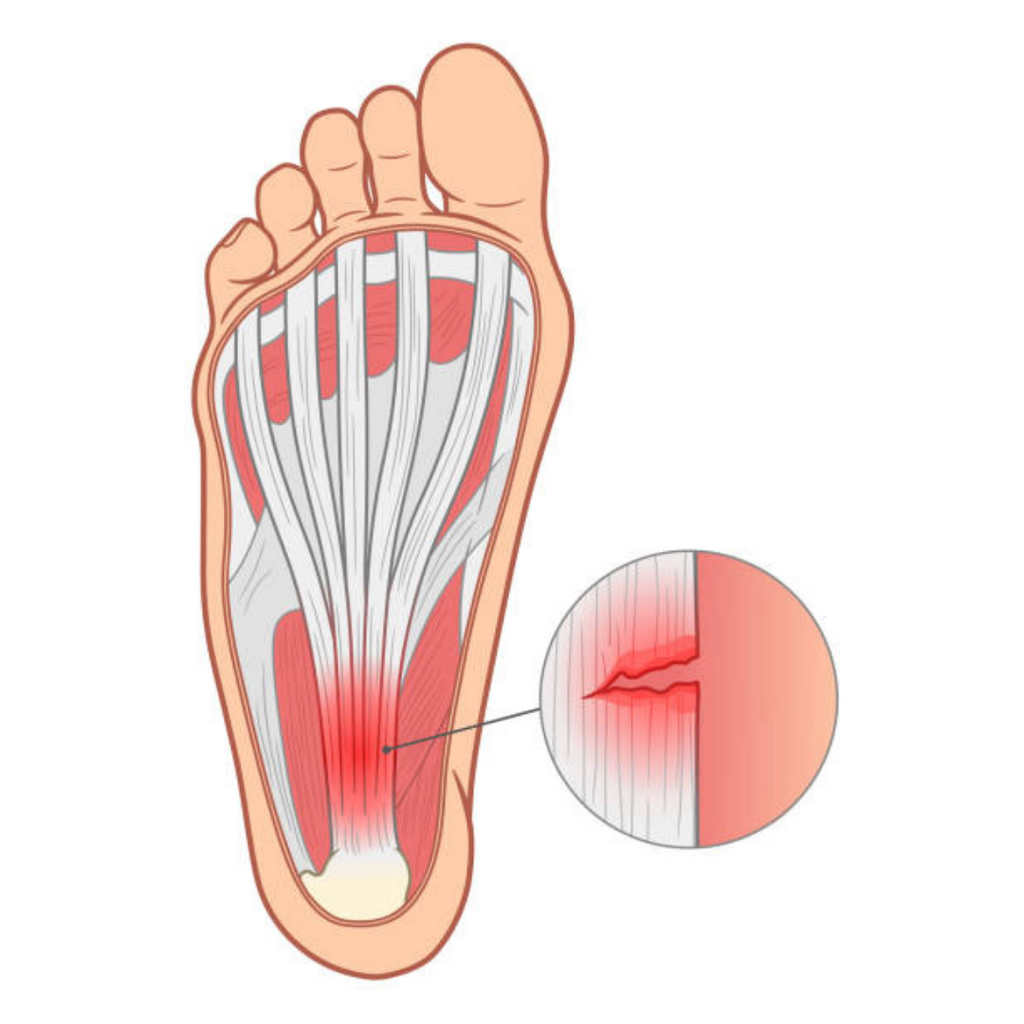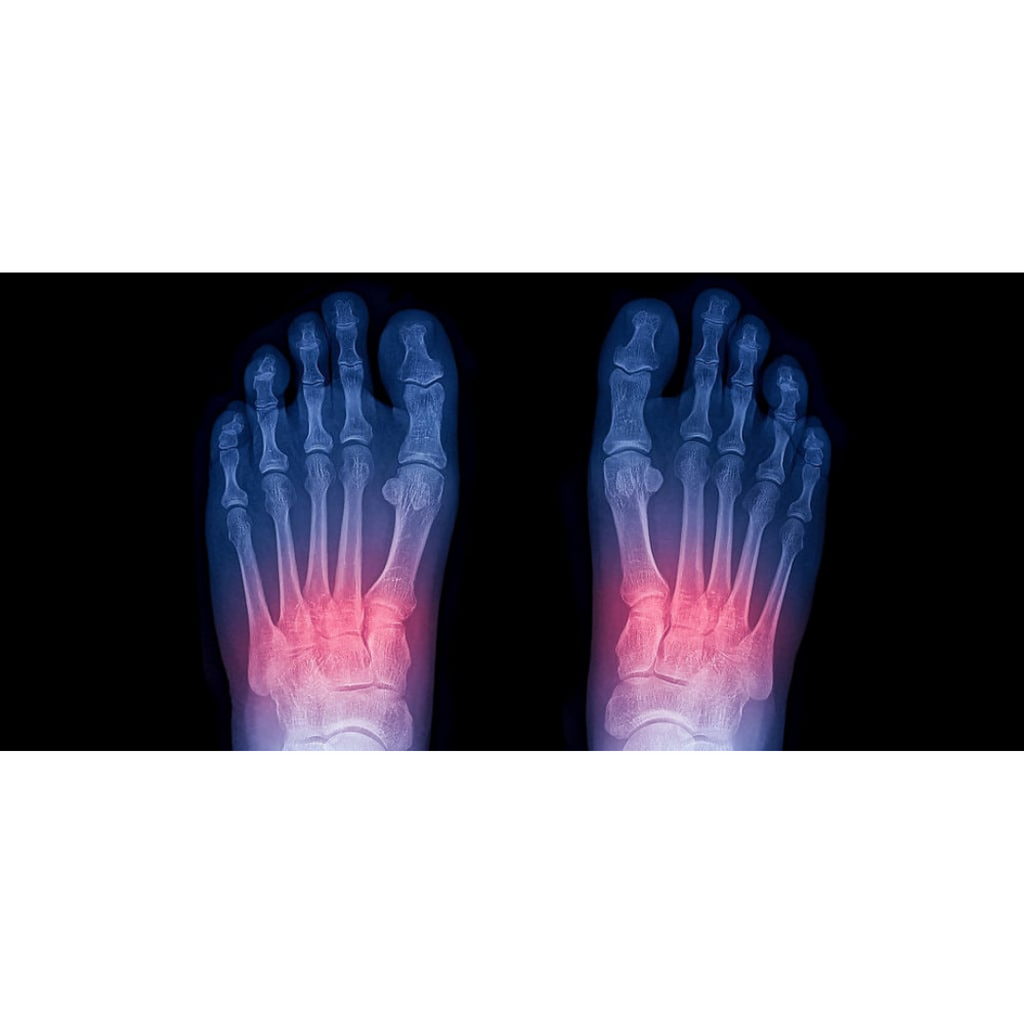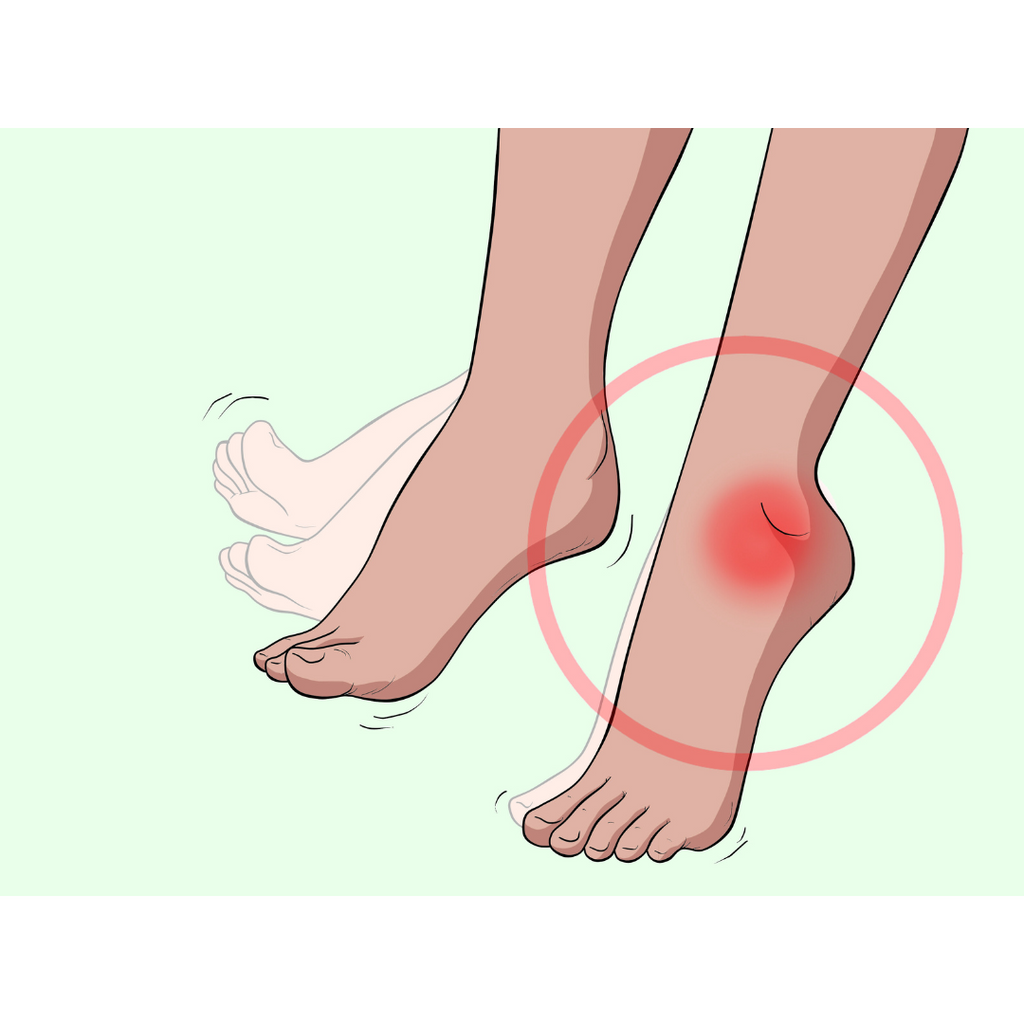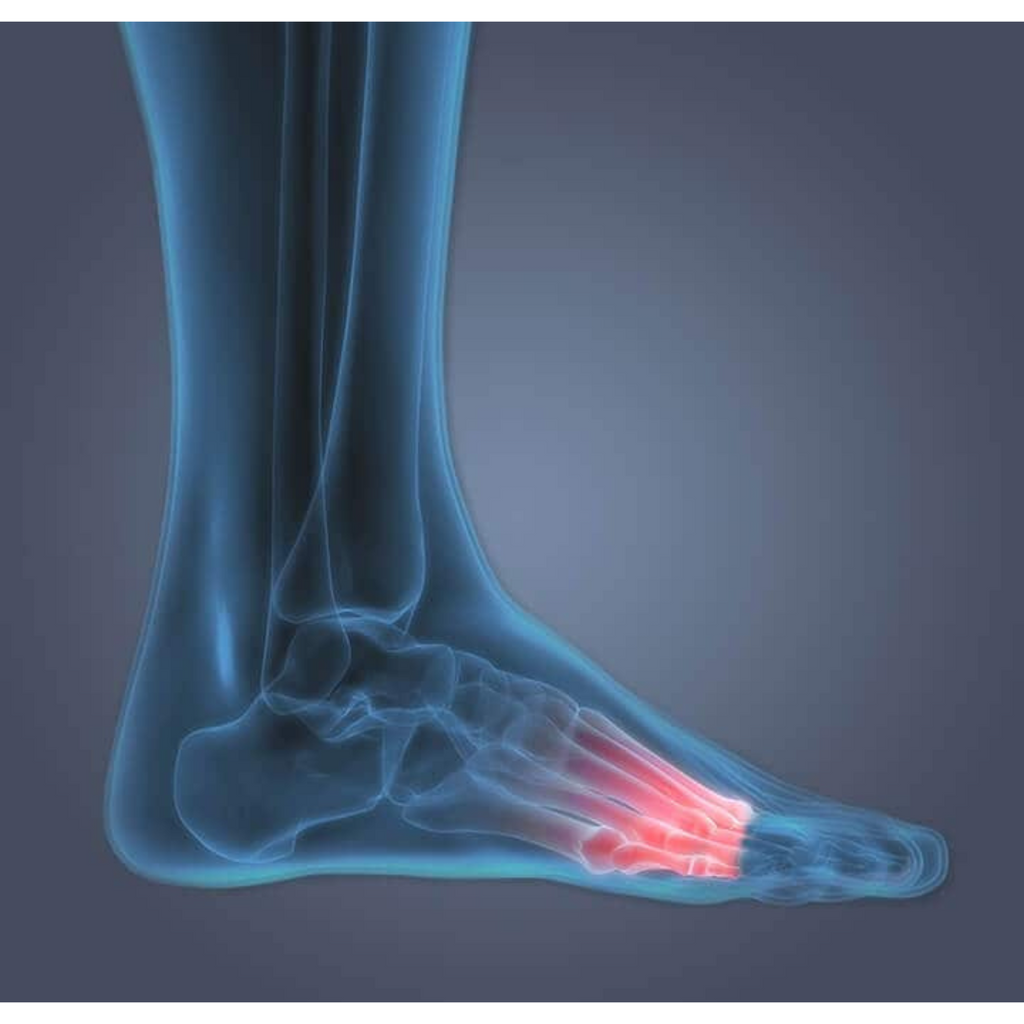Our feet are made up of numerous moving parts. Achilles bursitis, which is an injury, can have a negative impact on our daily lives. It occurs because of badly-fitting shoes or excessive walking, which means it is likely to happen to anyone. Hence, being informed should be a priority for anyone who takes freedom and mobility into account. Continue reading in order to fully grasp the causes, symptoms and treatment of this condition.
What is Achilles Tendon Bursitis?
Those who are experiencing pain in the back of the foot, above the heel, may be suffering from bursitis Achilles tendon. The disease, also known as retrocalcaneal bursitis, affects the bursa, a small sack that sits between the Achilles tendon and the heel bone
The bursa is a thin pad that acts as a cushion between the tendon and the bone. However, the bursa can become inflamed, resulting in the symptoms as well as pain and tenderness. Although symptoms may appear gradually or suddenly, an untreated bursitis Achilles tendon can have long-term consequences.
Types of Achilles Bursitis
Separate sacs are located in the vicinity of the heel. Depending on which of those becomes infected, you may experience one of two types of Achilles bursitis.
1. Anterior Achilles Tendon Bursitis
also referred to as pre-Achilles bursitis, this form of the condition influences the thin pad positioned between the heel bone and Achilles tendon. Over time, the irritation of the bursa can unfold, affecting the complete heel.
2. Posterior Achilles Tendon Bursitis
This condition, also known as retro Achilles bursitis, affects the outer pad, which is located between the Achilles tendon and the skin. If not treated, the outer bursa can become tough and scar-like.
Achilles Bursitis Common Causes
Achilles bursitis occurs because of commonplace activities that are part of any healthy lifestyle. The culprit could be walking, running, jumping, or climbing hills.
Of course, this does not underestimate the importance of regular exercise in your daily routine. But, doing increased physical activities without adequate conditioning, Achilles bursitis can occur. Simply put, older adults who want to stay active should gradually increase their exercise duration and intensity.
Footwear
Improper shoe wear is another common cause of Achilles bursitis. High heels are a common cause of this condition, but shoes with sharply cut heels can also cause Achilles bursitis. Avoid shoes that cause persistent discomfort, especially in the heel area, as a general rule. Also, keep in mind that a good pair of insoles is essential for a good shoe fit, especially if you have foot problems.
Symptoms of Achilles Bursitis
Achilles bursitis is typically accompanied by heel pain and tenderness, as well as visible swelling. Walking uphill or standing on tiptoes exacerbates the pain. Furthermore, each of the two types of the condition has its own set of symptoms.
Anterior Bursitis Symptoms
Symptoms may develop suddenly when resulting from injury or gout, but when posterior bursitis develops due to other conditions, onset will be gradual. Common symptoms include:
- Back of the heel pain, swelling, and warmth
- Wearing shoes while walking is difficult.
- A small, tender red spot on the back of the heel
- Swelling in the heel that may spread to other parts of the foot
Posterior Bursitis Symptoms
When the condition affects the outer part of the bursa, various short-term and long-term effects occur. The common symptoms of posterior bursitis are:
- Back of the heel pain, swelling, and warmth
- a worn-away top layer of skin on the heel
- The development of a flesh-colored nodule in the affected area
- Scar tissue formation
Achilles Bursitis or Tendonitis
Because their symptoms are so similar, Achilles bursitis is frequently misdiagnosed as tendonitis. While both conditions can cause heel pain and swelling, tendonitis is caused by an inflamed ligament, whereas bursitis is caused by an inflamed bursa. The two, however, are linked. If left untreated, Achilles bursitis can progress to tendonitis and vice versa.
Getting the Right Diagnosis
A home physical exam, as well as some ice and compression, can often cure Achilles bursitis. However, a formal diagnosis from your doctor is recommended.
Your doctor will use X-rays and MRI scans, in addition to a more thorough physical examination, to look for a deformed heel bone or signs of inflammation.
Achilles Bursitis Treatment
When seeking achilles tendon bursitis treatment, start with simple steps. To begin, address any obvious causes of heel pain, such as footwear or a particular physical activity. As you move forward, rest and apply an ice pack to relieve symptoms.
If your Achilles bursitis persists, you may require further treatment. Consult your doctor to create a treatment plan that is unique to you.
- Exercise and Physical Therapy
When using exercise to treat Achilles bursitis at home, gradually stretch the Achilles tendon. This will relieve pressure on the bursa and allow for a quicker and less painful recovery.
Achilles Stretch
This exercise necessitates a sturdy wall and approximately three minutes of your time. Begin about 18 inches away from the wall with your affected foot. Place your foot flat on the floor and lean forward, bracing yourself against the wall. Incorporating this stretch into your daily routine will assist in keeping your Achilles tendon limber and strong.
- Medication Options
Nonsteroidal anti-inflammatory drugs (NSAIDs) such as ibuprofen and aspirin, as well as others, can help relieve symptoms and speed recovery from Achilles bursitis. Because many NSAIDs are available without a prescription and have manageable side effects, they are an excellent first step toward self-treatment.
- Orthotics
A change in footwear can often cure Achilles bursitis. If pain persists after removing heel-pinching shoes, foot prosthetics may be considered. Fortunately, there are a plethora of alternatives to consider.
Insoles
Insoles are a simple way to improve the comfort of your existing shoes while also protecting you from Achilles bursitis.
Because insoles come in a variety of shapes and sizes, it's best to start your search with a high-quality collection of heel-friendly insoles. They work by adding extra support to the foot to relieve pain and correct gait abnormalities.
Heel Wedges
Heel wedges are easy to slip into the back of any shoe and provide the necessary support for your heel to overcome Achilles bursitis. They are made of various materials, including natural rubber and silicone, and offer varying degrees of support.
- Surgery
In rare cases, surgery may be required to relieve the symptoms of Achilles bursitis. The procedure is simple, and it involves completely removing the offending bursa. A bursectomy, while effective, can cause complications in the area, such as difficulty healing at the incision site.
Products that Help Reduce Achilles Bursitis
Achilles Bursitis Recovery Time
After two to three weeks of at-home treatment, your Achilles bursitis symptoms should subside, allowing you to resume a healthy, active lifestyle. If the condition does not improve or worsens during this time, consult your doctor.
If you're not sure if your bursitis has healed, wait until all redness and swelling has gone before returning to normal activity. Overexertion during the healing process can cause the bursitis to spread.
Preventing Achilles Bursitis
The treatments for achilles bursitis are as numerous and varied as the causes. As we age, our feet's bones and tendons take a beating, so taking care of them today is the first step toward a healthier tomorrow. Proper footwear, orthotics, and regular exercise help to relieve the symptoms of Achilles bursitis and are necessary for long-term foot health.





